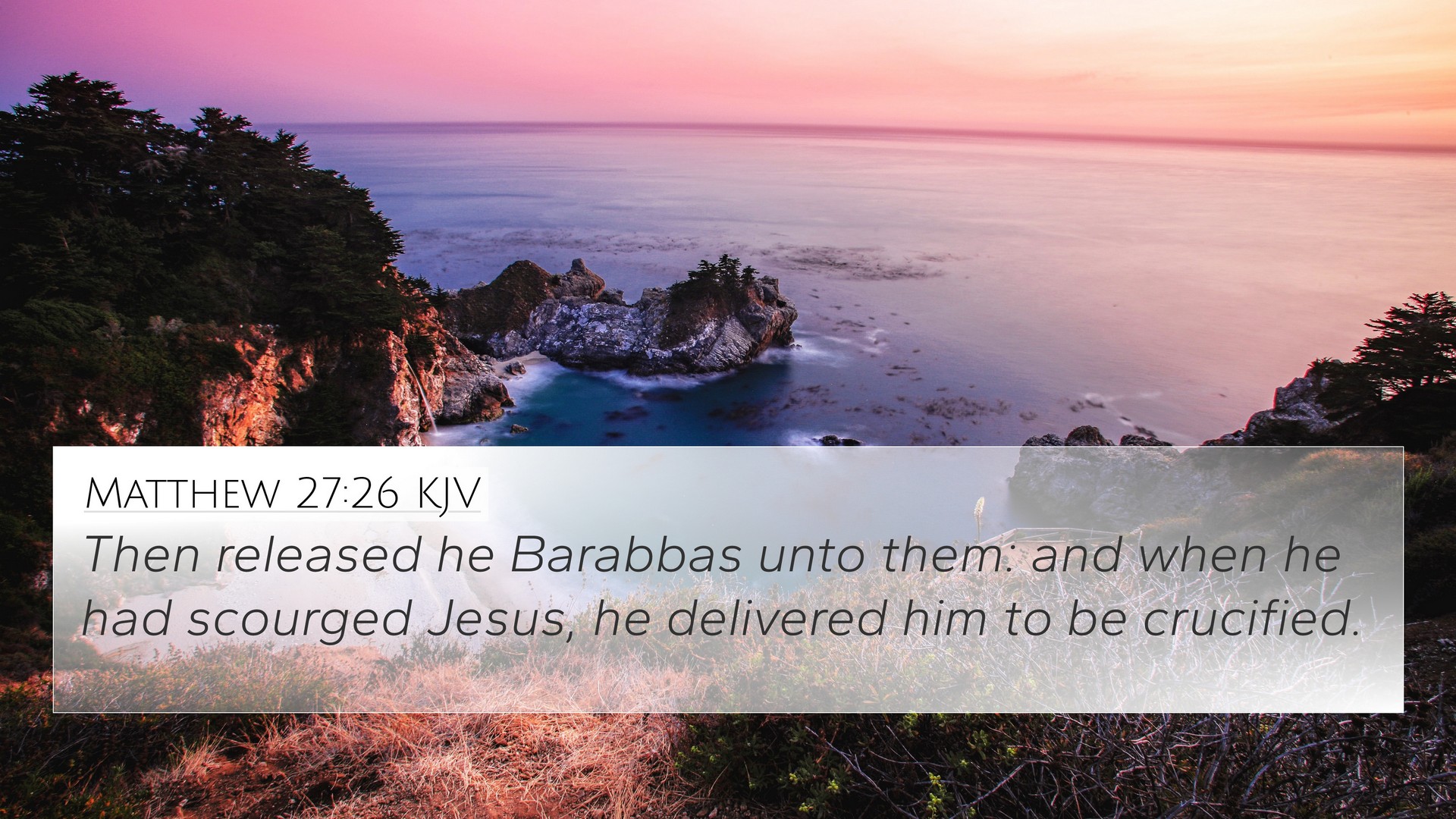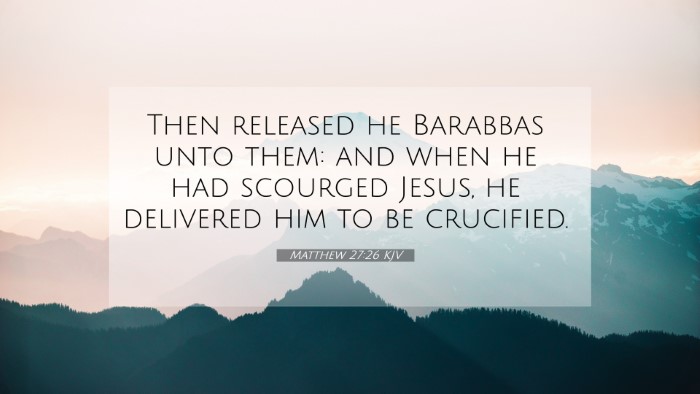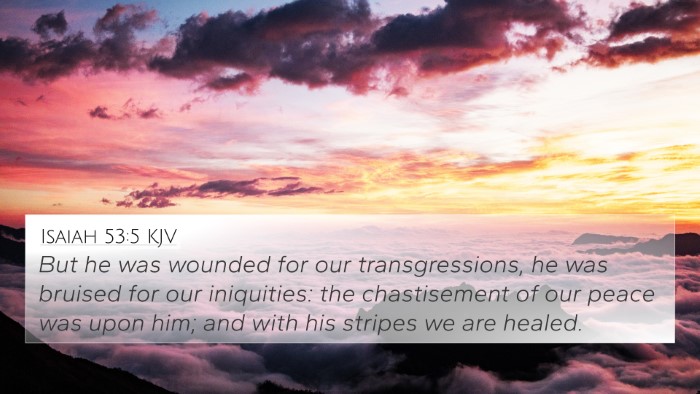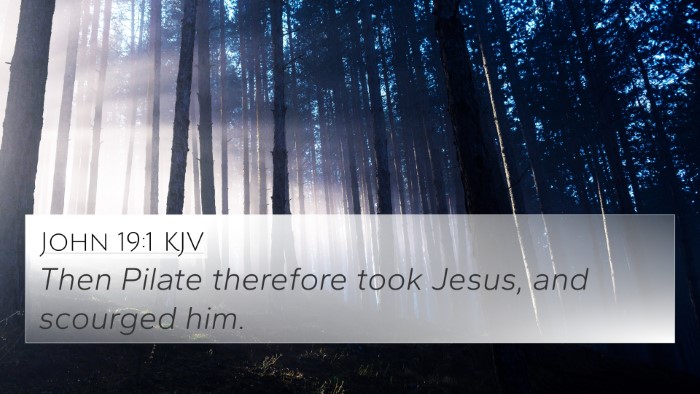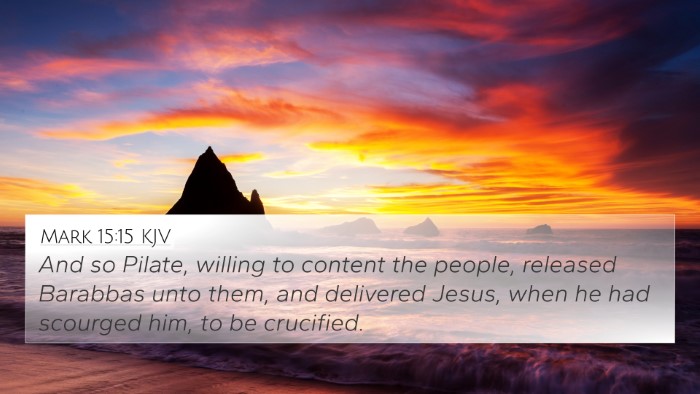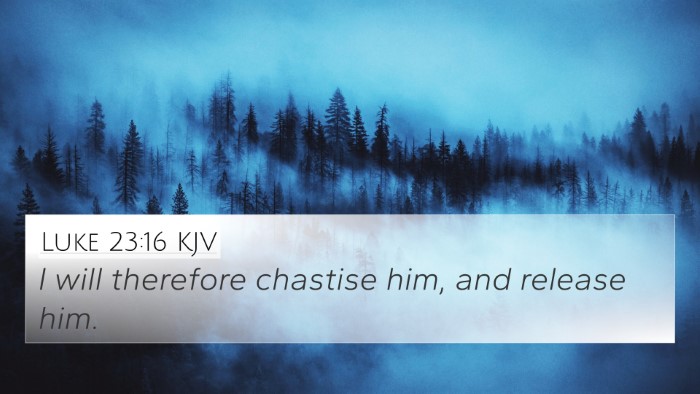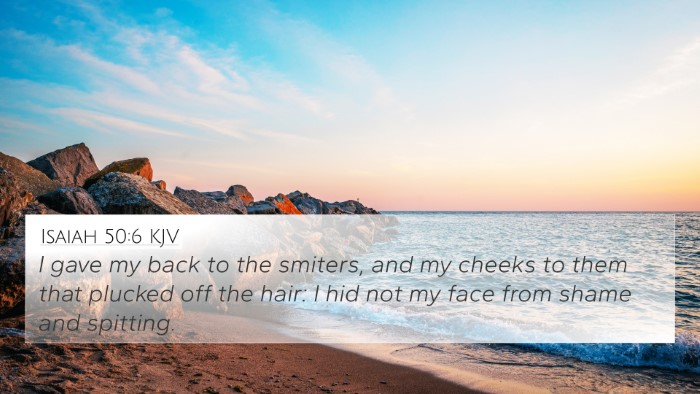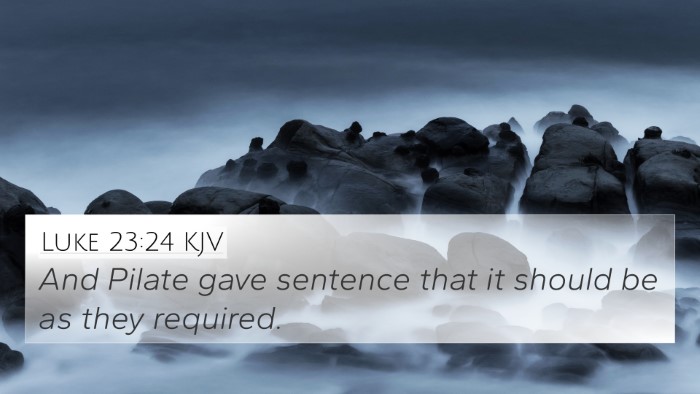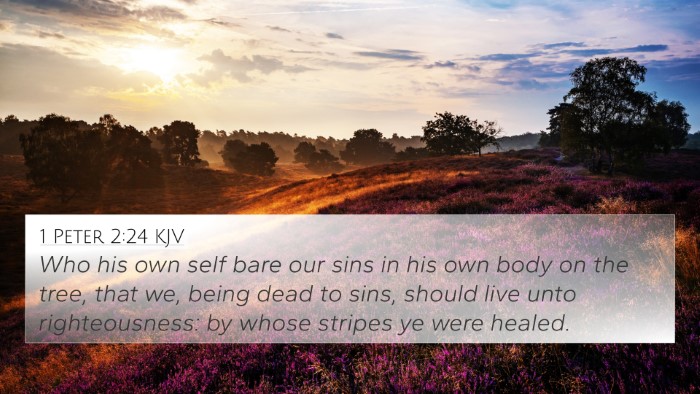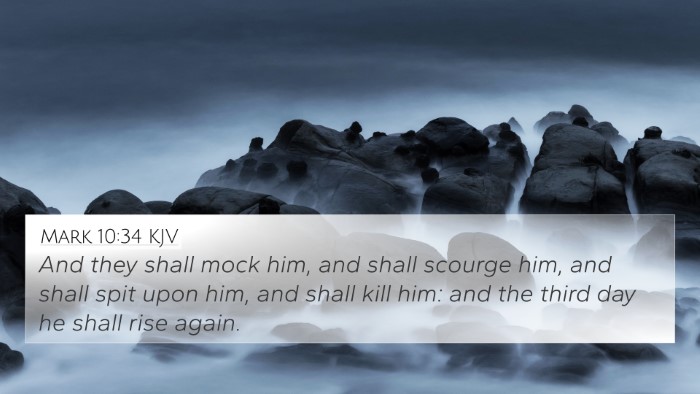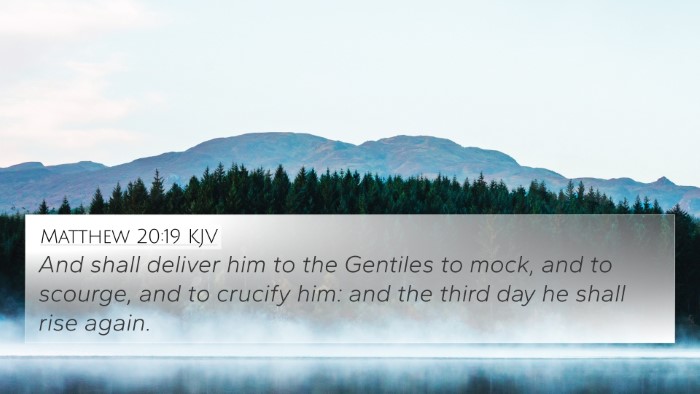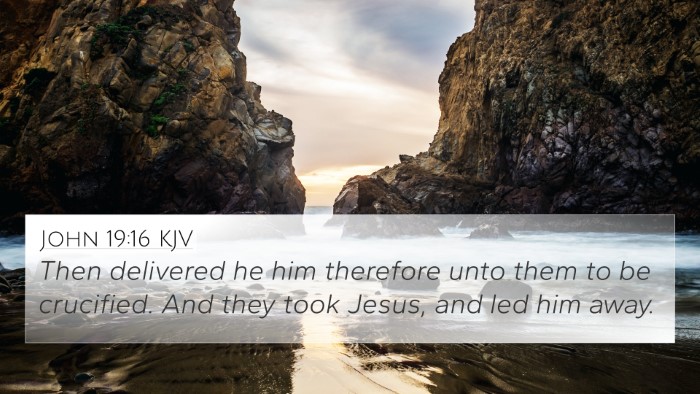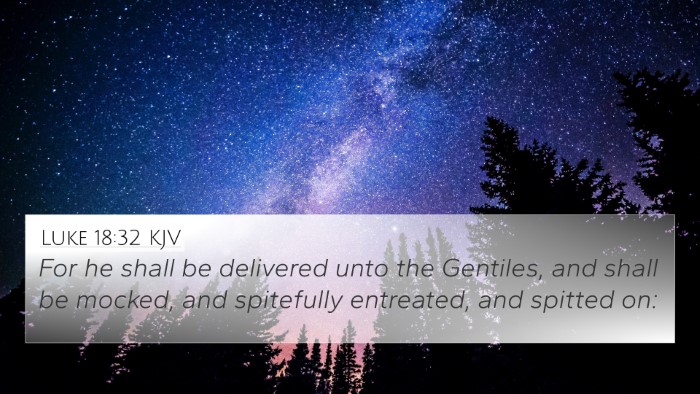Matthew 27:26 - Summary and Interpretation
Bible Verse: "Then released he Barabbas unto them: and when he had scourged Jesus, he delivered him to be crucified." (Matthew 27:26, KJV)
Meaning and Context
This verse sits at the critical juncture of the passion narrative, marking the moment when Jesus, after being unjustly accused and tried, is handed over to be crucified. The decision to release Barabbas, a notorious prisoner, in place of Jesus exemplifies the gravity of the choice facing the people. Here, the crowd chooses a criminal over the innocent Savior.
Insights from Commentaries
-
Matthew Henry:
Henry highlights the significance of the choice presented to the crowd. By releasing Barabbas, the leaders and the people reveal their moral decline, preferring a murderer over the one who brought life. This act can be seen as a fulfillment of prophecy and a demonstration of the deep-rooted injustice faced by Jesus.
-
Albert Barnes:
Barnes delves into the cultural and political implications of this event. The release of Barabbas mirrors the political dynamics of the time, showing how the crowd was manipulated by the religious leaders. The scourging of Jesus prior to His crucifixion signifies the brutal treatment He endured, serving as an emblematic precursor to His sacrificial death.
-
Adam Clarke:
Clarke notes the historical context, attributing Barabbas' release to the annual Passover custom of liberating a prisoner. He emphasizes the juxtaposition of innocence and guilt, illustrating how humanity often chooses sin over righteousness. Clarke reflects on the deeper theological implications, interpreting Jesus’ suffering as essential to the salvation narrative.
Bible Cross References
This verse can be connected to several other passages that enhance its understanding and significance:
- 1. John 18:40: "Then cried they all again, saying, Not this man, but Barabbas. Now Barabbas was a robber."
- 2. Luke 23:18-19: "And they cried out all at once, saying, Away with this man, and release unto us Barabbas."
- 3. Mark 15:15: "And so Pilate, willing to content the people, released Barabbas unto them, and delivered Jesus, when he had scourged him, to be crucified."
- 4. Isaiah 53:5: "But he was wounded for our transgressions, he was bruised for our iniquities: the chastisement of our peace was upon him; and with his stripes we are healed."
- 5. Romans 5:6: "For when we were yet without strength, in due time Christ died for the ungodly."
- 6. 1 Peter 2:24: "Who his own self bare our sins in his own body on the tree, that we, being dead to sins, should live unto righteousness: by whose stripes ye were healed."
- 7. Matthew 20:28: "Even as the Son of man came not to be ministered unto, but to minister, and to give his life a ransom for many."
Connections and Themes
The interaction in Matthew 27:26 encapsulates the themes of justice, sacrifice, and the fallibility of human choice. It serves as a vivid reminder of how the people of Israel, in their rejection of Christ, chose temporal freedom over eternal life.
Through thematic Bible verse connections, one can see how this event is part of a larger narrative that reflects the cost of sin, the nature of redemption, and the fulfillment of prophetic scripture regarding the Messiah's suffering.
Conclusion
Matthew 27:26 highlights the poignant moment where the salvation offered through Jesus is momentarily overshadowed by the release of Barabbas, thus prompting believers to reflect deeply on the nature of their choices. Through inter-Biblical dialogue, this verse resonates with numerous other scriptures, offering a comprehensive view of the redemptive arc found in the biblical narrative.
